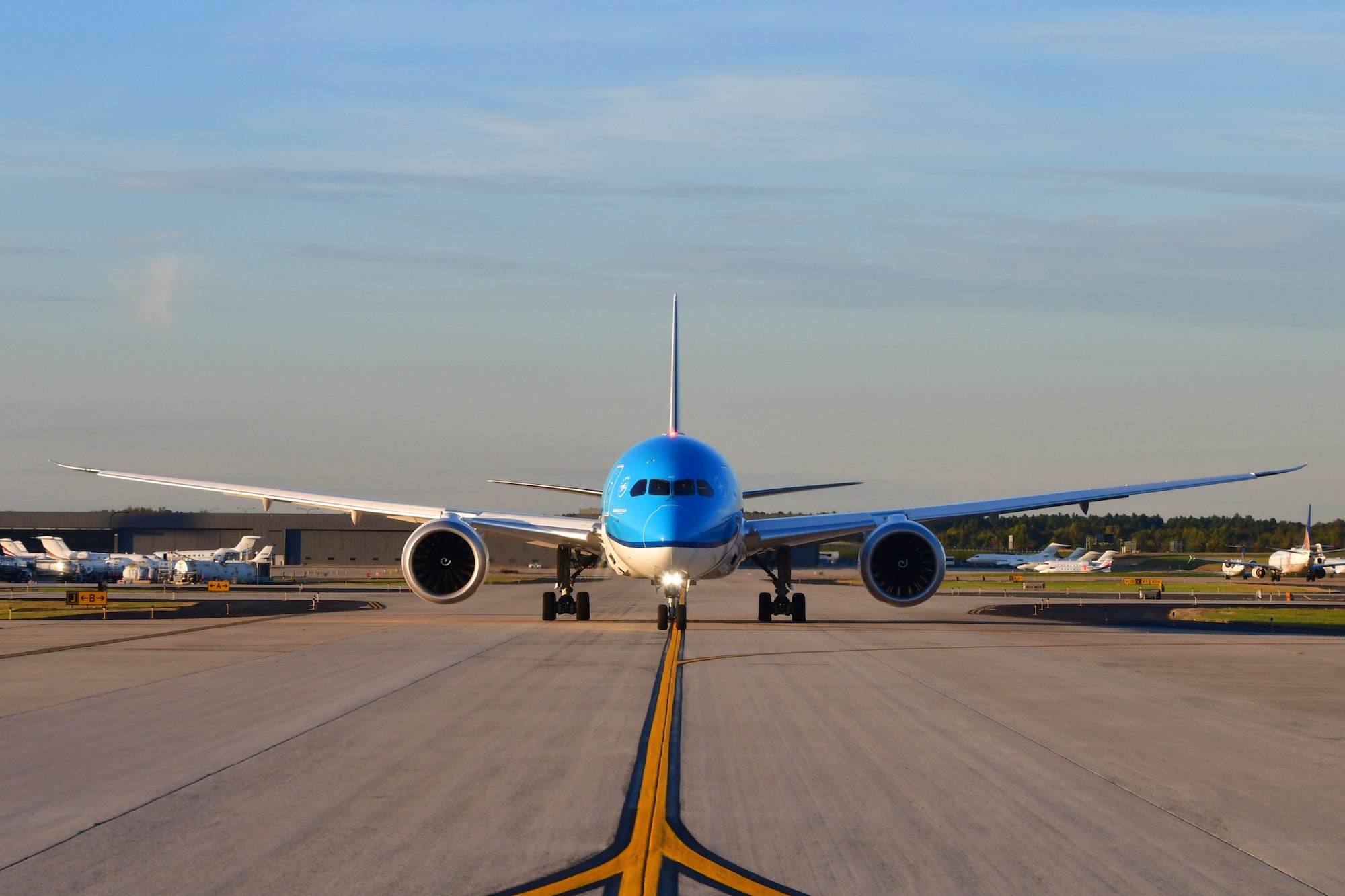

Can SAF Save The Skies?
Sometimes I think you don’t notice until it becomes close
After a hurricane in Florida several years back I ended up replacing the roof on my home.
When I say I replaced it, I mean I was up there slinging shingles and doing the work. And after days focused on fixing my roof, I became obsessed with roofs. I now noticed every one with a crooked shingle line.
Well, the same thing just happened…only instead of a roof, it was sustainable travel.
In last week’s Grove article, “Not So Sustainable Travel“, I wrote about the big but dirty business of the travel industry.
One of my takeaways was the elephant in the eco-tourism room, the airline industry. Specifically, the greenhouse emissions caused by all the flights getting people to their destinations. And Sustainable Aviation Fuel (SAF) was out to solve that problem.
And in the past week, since I wrote that article, my news feed got jam packed with all things SAF. That’s likely due to the search robot giving me more of what I wanted last week. But I noticed that SAF was in the news a lot this past week.
For example, Boeing released its “Cascade” program this week. It’s a climate impact modeling tool that allows you to analyze strategies and scenarios to reduce aviation’s emissions. It lets you model a strategy around different initiatives and attempts to forecast the emission impact.

This model does not get you to zero emissions. It only demonstrated possible scenarios that need to take place to achieve emission goals. And it showed me that a whole lot of change must happen in order to fill the skies with carbon free planes.
And SAF is critical to that goal. Chris Raymond, Chief Sustainability Officer at Boeing, said:
“SAF reduces CO2 emissions by up to 85% and possibly more over the fuel’s life cycle, offering the greatest potential to decarbonize aviation over the next 30 years. SAF Dashboard portrays the data visually as our industry works together across sectors to increase SAF production for a more sustainable aerospace future.”
In reality, the aviation industry will be hard to decarbonize. Airlines, SAF manufacturers, and governments must take a long-term approach and work together.

The SAF Grand Fuel Challenge is a US Government initiative to reduce aviation greenhouse gas and obtain 100% SAF by 2050. Its goal is to reach the 35 billion gallons per year by 2050.
While the U.S. probably won’t meet that goal alone, the global landscape looks more optimistic.
A report from SkyNRG forecasts 4.5 billion gallons of SAF supply by 2030. And that the U.S. and Europe could have around 42 billion gallons of installed capacity by 2050.
The report goes on to say,
“SAF Grand Challenge aspirational goal for 2030 seems within reach, provided that all announcements materialize, and new projects are announced in coming years.”
Philippe Lacamp, CEO of SkyNRG said:
“With hundreds of additional SAF factories needed, Europe and the U.S. alone offer ESG investment opportunities of $650 billion by 2050 and even more if we include upstream supply chains and related businesses.”
The good news there seems to be a whole lot happing in this space. Which is why my news feed is filling up with all things SAF.
And even better news, converting fryer grease into jet fuel isn’t the only game in town when it comes to SAF. Hydrogen as an aviation fuel is making huge strides. This is the sort of innovation that will help meet the SAF Grand Challenge 2050 goal.
Mangrove Investor’s New Energy focuses on this kind of big idea. We see enormous opportunity within the massive $650 billion investment landscape in SAF. And we have many more ideas in energy alternatives coming over the next few months.
For the Good,
Michael Nichols
Numbers to Know
June 1, 2022
Date of the first flight in history with 100% sustainable aviation fuel in both engines on a commercial aircraft (ATR)
0.1%
Sustainable aviation fuel accounts for less than 0.1% of the jet fuel used by major U.S. airlines. (GOA)
50%
SAF can be blended with regular jet fuel up to 50% in today’s airplanes without any changes to the engines. (Boeing)
What’s New in Sustainable Investing
Tesla returns to S&P 500 ESG index with more environmental disclosures
Tesla has returned to the S&P 500 ESG index, the sustainable investing-focused market index, after the electric car maker added environmental disclosures. (Reuters)
Sustainable aviation fuel market is expected to grow
The sustainable aviation fuel market is anticipated to expand a CAGR of 60% between 2023 and 2033. The market size is expected to reach $61.92 billion by 2033. (Future Market Insights)
Video Of The Week
How does SAF work?
What is sustainable aviation fuel (SAF)? How it is made, and why it has the power to drastically reduce aviation CO2 lifecycle emissions




